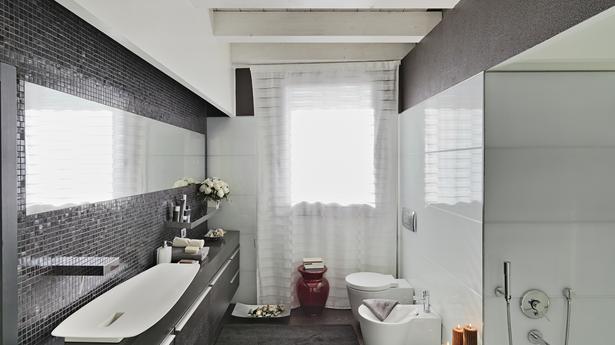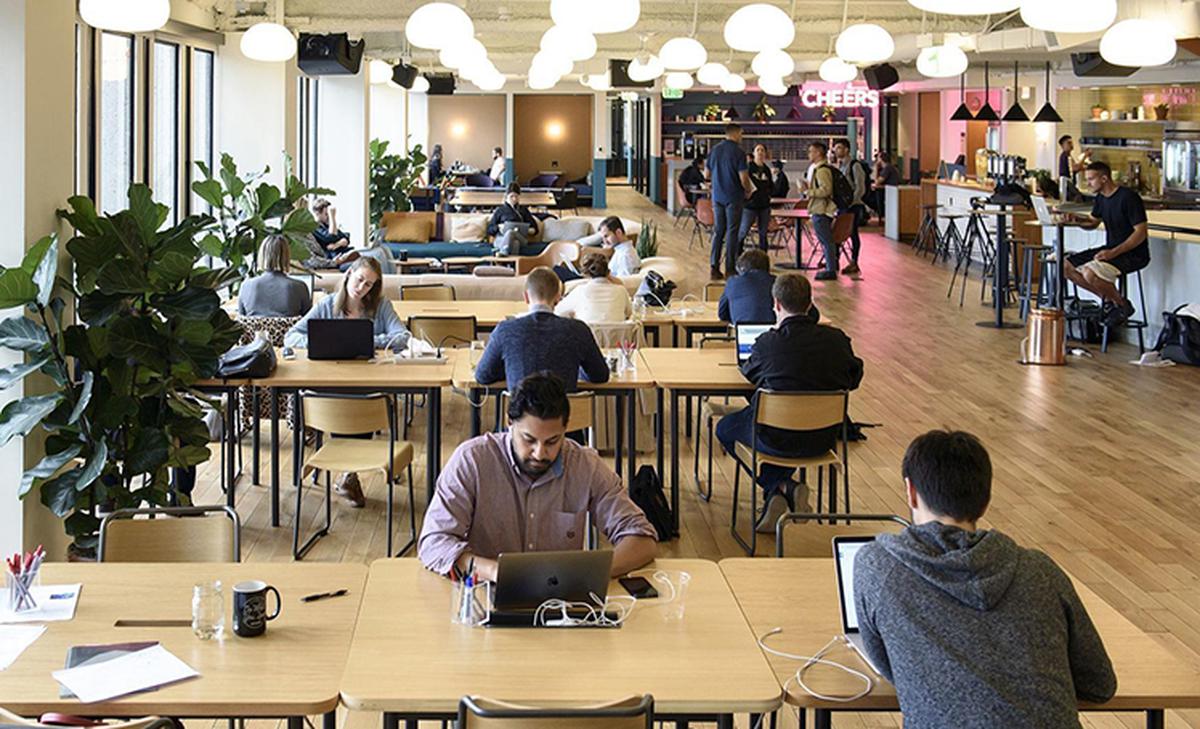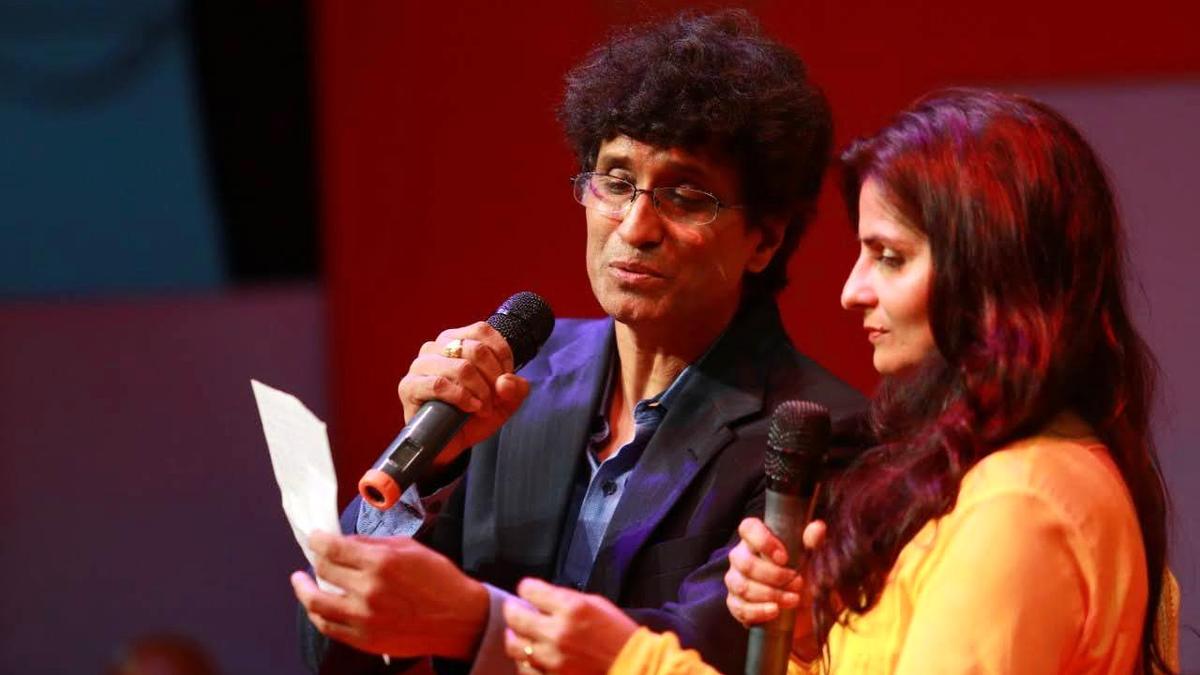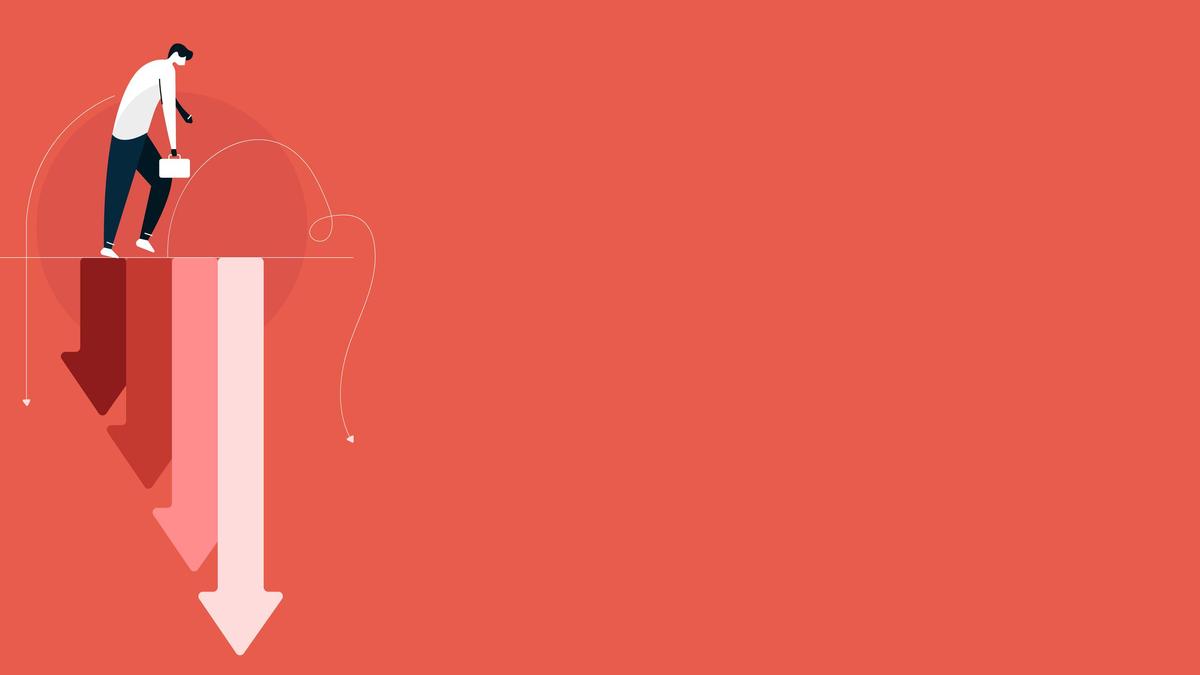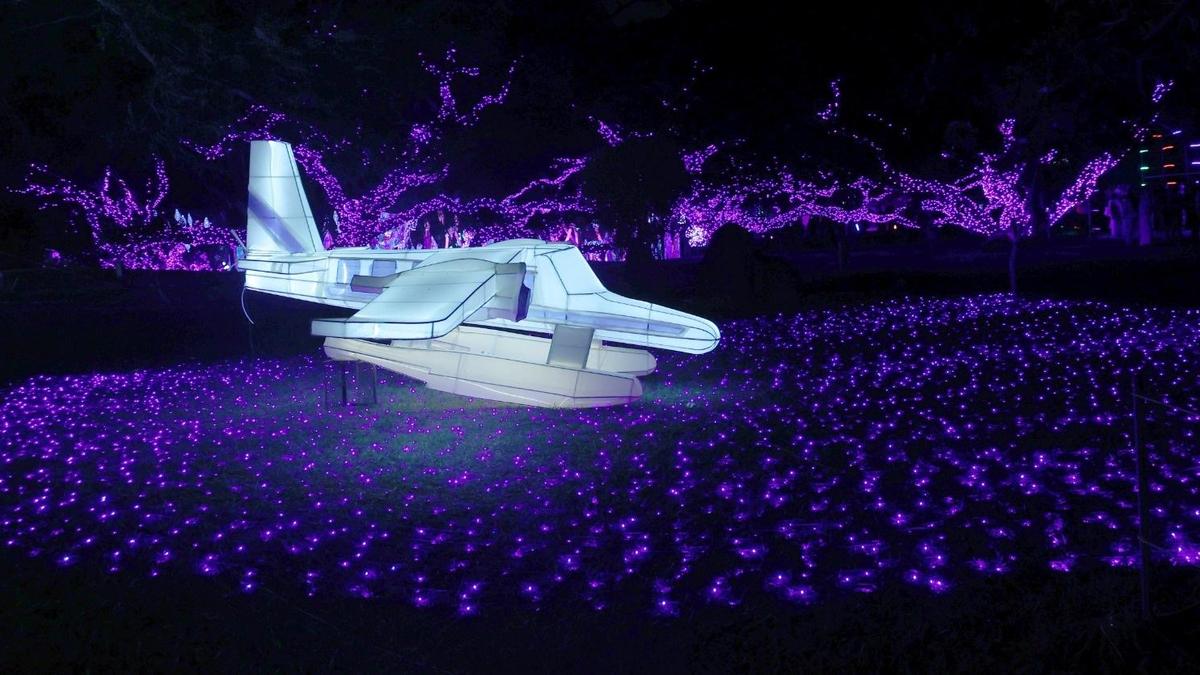Plumbing is one building service area that needs careful planning before starting construction as plumbing is the only service in a building which is directly connected to human health and hygiene. Improper plumbing planning can lead to various hygiene issues as well as leakages and seepages in the building which might even require re-modelling, resulting in high costs. To avoid this, follow these measures and incorporate them at the design stage.
1. Maintain 24×7 water supply and adequate pressure in your taps: Ensure the designer plans for sufficient water storage or for 24×7 water supply with proper pipe sizes to have adequate water, about 135 litres per head per day. Too little water pressure will not give you sufficient water. On the other hand, excessive water pressure can lead to wastage of water and blacksplash. Remember to clean your aerator device or the filter on the tip of the tap periodically to remove accumulated dirt and dust for a free flow.
2. Incorporate systems to get potable water tested frequently to get clean, hygienic water: Please ensure that you are getting your potable water tested frequently. About 3.77 crore Indians are annually affected by waterborne diseases, 15 lakh children die of diarrhoea, and 7.3 crore working days are lost, leading to a huge economic burden on the nation’s economy.
3. Plan accident-free and foul smell-free bathrooms: The bathroom is one area where maximum slipping accidents occur. A wet floor can sometimes cause a fatal injury, especially with slippery material like granite. Get grip handles near the toilet seat and in the bathing area. These are particularly handy for the elderly. All sewage systems must be planned in such a manner that there is no foul smell and your waste is removed in a hygienic manner.
4. Water energy nexus: All sanitaryware and water fixture units should be water-efficient as there is a water and energy nexus. Water saving plumbing fixtures and sanitaryware are the best choices for conserving water and energy. No money is wasted here. Using low flow fixtures and fittings that dispense less water at source are recommended when it comes to transportation of water, pumping and treatment.
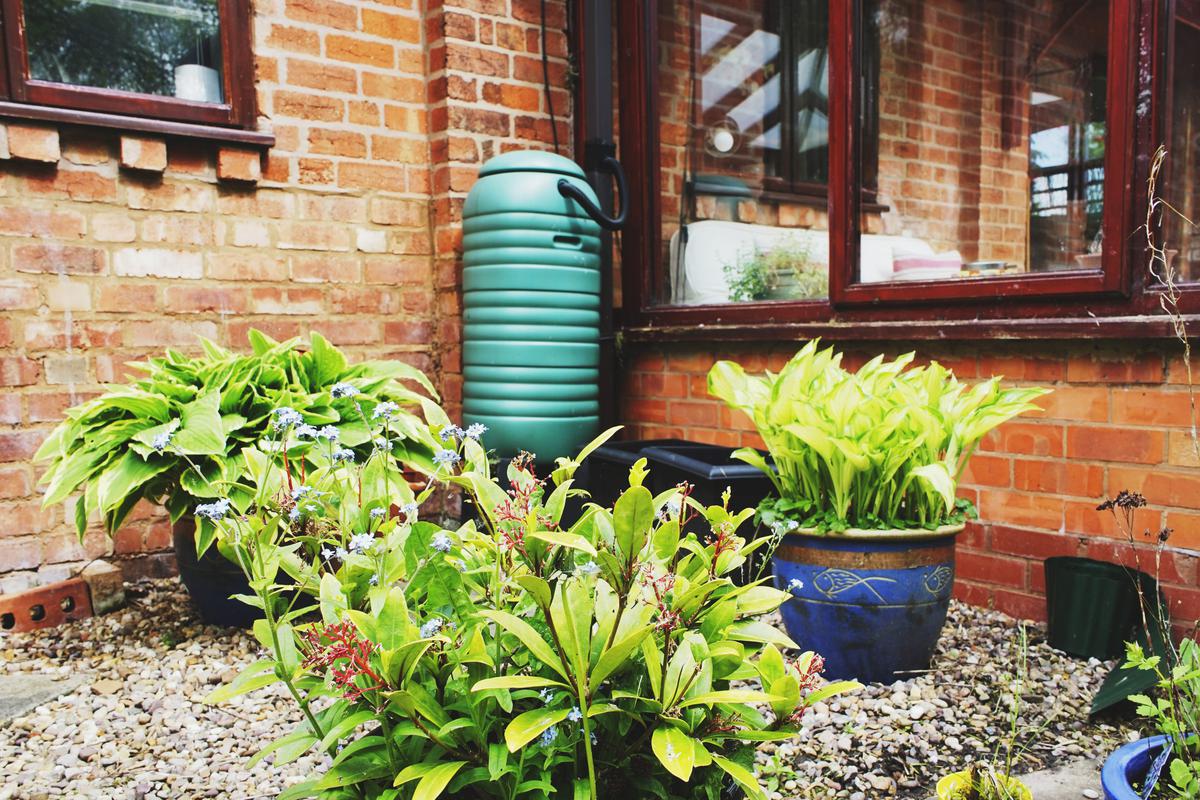
5. Plan a rainwater harvesting arrangement on your premises if possible: Rainwater harvesting (RWH) enables us to collect and store rainwater for future use. If possible, ensure that your premises has a RWH system installed in it. The collected rainwater can be either used to recharge your underground aquifers or can be used for alternate uses like gardening, flushing or cooling towers. The best place to install your RWH system is next to the roof drain pipe or the down-spout. This is the place where most of the rainwater is diverted.
The writer is national president, Indian Plumbing Association.


